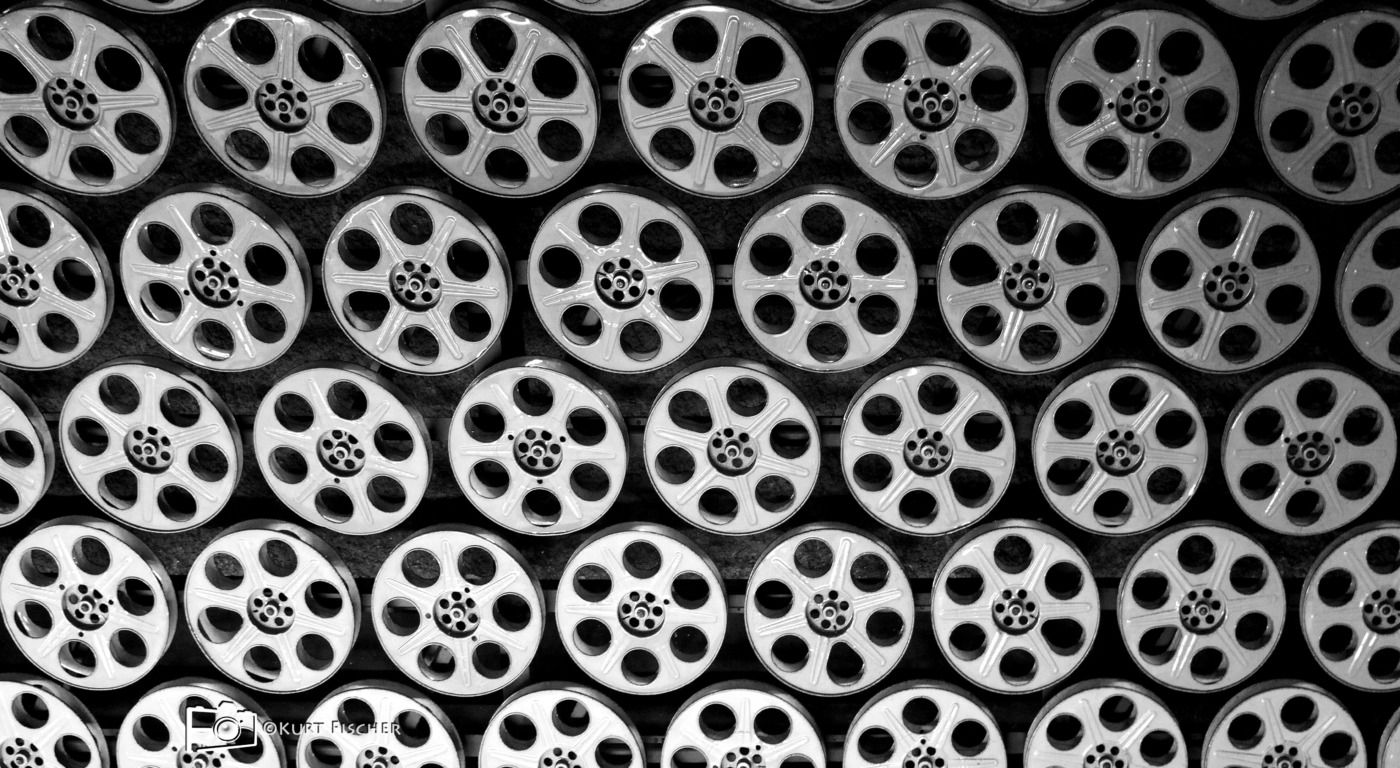What more can a silent film bring to your viewing experience?
For many, if not all, of our current generation of movie-watchers the prospect of watching a film without ever hearing the voices of the main actors may seem a pretty unworthwhile way to spend an hour and a half of your time. For, as it has been the case for the last ninety years or so, viewers have been accustomed to being able to hear the sound of actors’ dialogue and the disparate range of vocalisations the human – or animal (as The Artist’s Uggie the dog would bark) – voice box can produce. However, such a staple as this in our movie diet may very well deserve a re-think after you view Michel Hazanavicius’ fascinating 2011 silent picture The Artist.
Set in the late 1920s era of Hollywood movies transitioning from silent pictures to ‘talkies’, can we find the emotional journey and struggle of silent movie star George Valentin, played by the brilliant Jean Dujardin. Valentin tirelessly battles a new age of cinema dawning upon him with the rise of new talking stars such as Peppy Miller, played by the just as fantastic Bérénice Bejo.
It’s something which today, in our world, is a problem creators constantly face as new trends in society replace out the old ones concerning what people like, watch or listen to. Director and writer Hazanavicius echoed this in an interview with IndieWire stating, “More generally, [The Artist] is about how we all have to face transitions now. The world is going faster than our lives. We have to adapt. There’s no other way to do it.” Central to the arc of the film, as well, is a charming love story weaving and blossoming throughout between Valentin and Miller, who gradually replaces Valentin on the podium of stardom and fame in Hollywood.
The Artist boldly features unorthodox elements such as black and white colour, a classical orchestral musical score and of course the absence of speech
Perhaps no other comment sums up the experience of watching The Artist as well as what Hazanavicius said later in his interview with IndieWire, that it’s, “something that’s not easy to go see”. The Artist boldly features unorthodox elements such as black and white colour, a classical orchestral musical score and of course the absence of speech. Yet, by no means should this be a warning sign or enough to put you off of seeing it. Its nod to the silent era of Hollywood movies truly creates a dazzling spectacle.
From the distinct lack of characters’ voices comes an explosion of beautiful cinematography, costume design, acting and one of the most moving soundtracks to underlie a feature. Tuned in to a higher degree than normal to the actors’ movements, facial expressions, happiness or sadness – come the end of the movie’s thrilling conclusion you are entirely engulfed in what these characters have been through in what feels like a completely different type of viewing experience. It even gets to the point where hearing sounds like a brush hitting a wooden desk or people laughing almost blows you away and makes you think what watching a film with sound effects was ever like in the first place.
It forces the question as to why more filmmakers haven’t considered the possibility of going silent. There have been other silent movies in our recent past, such as Aki Kaurismäki’s 1999 Juha, Mel Brooks’ 1976 Silent Movie and Charles Lane’s 1989 Sidewalk Stories. Perhaps due to its gripping storyline along with its superb cast, including numerous award-winning talents such as John Goodman and James Cromwell, and even better casting of the dog Uggie, whose relationship alone with Valentin would be enough to entertain even the most sceptical of you out there, it may just be a one off. The Artist is a beautiful creation and triumph, sweeping five Academy Awards including Best Picture, Best Performance by an Actor and Best Director.
No matter what the tools or approach, filmmakers and actors can still create magical stories
If you try to sum up what makes a movie experience special, what makes you well up inside, want to scream or feel your heart beating through your chest – it is all down to the total experience that particular film has given you. What ultimately keeps us all barging through the doors of our local cinema or cancelling plans to watch a movie by yourself in pitch black darkness (maybe that’s just me) is the unpredictable possibility that within a couple of hours we might be able to take what feels like a real journey through whatever world is being portrayed. That is what The Artist does so marvellously.
Despite its irregularity and absence of speech it takes you to that realm and captures the essence of what makes watching movies special. It proves tenfold that movies do not have to follow certain rhythms and similarities or one distinctive pattern of storytelling. No matter what the tools or approach, filmmakers and actors can still create magical stories.
So, if upon answering that question of what makes a movie special you feel as though the critical ingredient needed to reach cinema nirvana is hearing actors speak, I wouldn’t recommend The Artist. Instead, I would recommend you reconsider how you approach a film. The Artist can be absolutely stunning if you prepare yourself and stick with what might be a slightly odd and different experience.

Comments